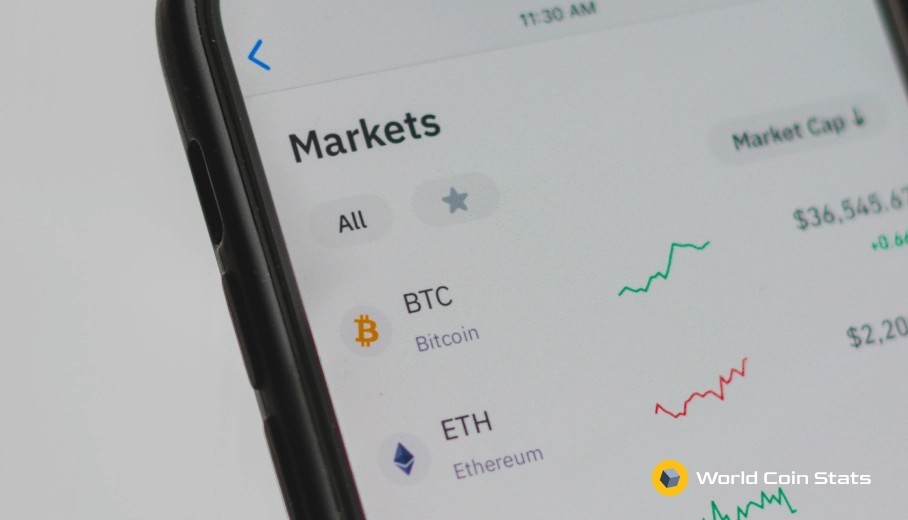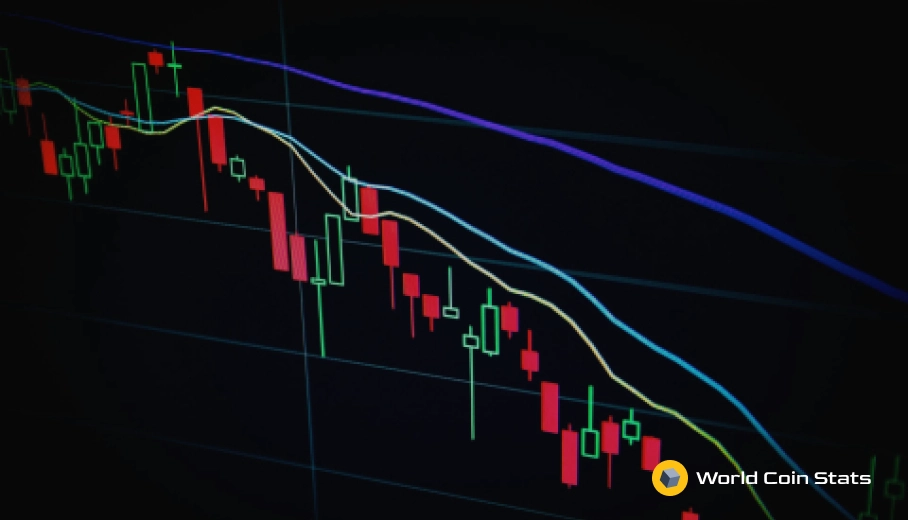Cryptocurrency Trading Tips for Beginners
It’s no secret that trading in cryptocurrencies provides lucrative opportunities. Trading in some coins such as Bitcoin is almost like getting pre-IPO shares of major companies. The growing popularity of Bitcoin and Ethereum continues to attract more investors into the crypto trading market every day. However, the risks involved in cryptocurrency trade are also quite substantial, especially if you are not conversant with the finer details of the market. So how does a beginner get a foot into this highly volatile market and trade successfully?
Basic Requirements
The requirements here are quite minimal. You only need to get a cryptocurrency wallet and sign up with an exchange to start trading.
The Wallet
A cryptocurrency wallet is the same as your bank account, but in this case, it’s a virtual account where you keep encrypted passwords that represent the amount or value of your coins. You’ll need a cryptocurrency wallet to send and receive coins. If you intend to trade in multiple currencies, then get two or more cryptocurrency wallets.
The Cryptocurrency Exchange
A cryptocurrency exchange can be equated to a Forex or stock exchange. It is a platform or brokerage firm where the actual trading takes place. An excellent example of a cryptocurrency exchange is Coinbase. There is also GDAX, which is a more professional version of Coinbase that also comes with lower fees.
As a beginner, the best place to start your crypto trading journey is Coinbase. They have easy to use interface and processes for buying, selling, or storing Bitcoin, Ethereum, BTC Cash and Litecoin and other significant digital assets. When you have gained enough experience, you can move on to other exchanges such as GDAX, Kraken, Binance, and Bittrex, to mention a few.
Understand Market Volatility
One thing you must accept about the cryptocurrency market before you start trading is its highly volatile nature. If you’ve been following the price of Bitcoin, especially in 2018, you’ll have noticed how insanely volatile the market has been of late. You can easily make a fortune in one moment and lose all of it in the next moment.
It is essential to stay updated with the price changes and trends at all times. An excellent cryptocurrency converter that shows you the value of different coins in fiat currency such as USD or GBP in real-time will be of great help at this point. You could start by trading in top coins such as Bitcoin and Ethereum, which have lower or slimmer chances of losing value by a large margin overnight. Other currencies are riskier because, just as they can provide quick gains, they can lose value significantly overnight.
Trading Platform Knowledge
You’ll also need to be conversant with trading platform concepts to avoid making costly mistakes as a newbie trader. Here are some of the essential trading concepts and practices to arm yourself with before you begin your crypto trading journey:
Trading Theory and Terminologies
It is highly recommended to learn and understand basic trading concepts. For example, the Candlestick Chart (which also known as the Japanese Candlestick Chart). Moreover, the Spread and Depth Chart, and Order Book are essential before you attempt your first trade. Learn more about different order types too.
Platform Fees
Cryptocurrency trading platforms charge a fee for your trading activities. Different platforms charge different fees. Some platforms will require payment in the form of a percentage of each deal you make, while others require that you pay for all income and payout transactions. Know how each platform charges its fees before you start using it.
Technical Analysis
Get a working knowledge of technical analysis to improve your chances of making a successful trade. Technical analysis uses information from the past to predict cryptocurrency trends. While it is not 100% possible to predict the future prices of coins, knowing their past behavior gives you a basic idea of what to expect to a certain degree. However, don’t try to predict the exact price of a coin in the next days or weeks because that’s practically impossible.
Price Differences in Two Platforms
It is common for new traders to think that they can make a profit by capitalizing on price differences between the two platforms. While this is possible, there are hidden dangers that you should be aware of. For instance, you may run into problems if exchange rates change significantly during the operation. You can reduce the risk by having cryptocurrency and fiat money on each platform. Other potential issues include delays in orders execution, small available volumes, and the transaction fees charged by both platforms.
Keeping All Eggs in One Basket
Minimize risks through distribution. Don’t place all your eggs in one basket, as the adage recommends. Distribute your trading money into different types of coins. For example, your wallet could have 45% Bitcoin, 30% Ethereum, 15% Bitcoin Cash, and 10% Litecoin. Another important thing here is to avoid selling everything in one part of this distribution at once.
Use Common Sense
Don’t approach cryptocurrency trading with a get-rich-quick mentality. There are risks involved, and earning income in this field is a gradual careful process. Give your maximum trading attention and exercise caution in every trade you make. Keep in mind that you are just starting your coin trading journey and still have much to learn through experience. Set realistic goals and aim at achieving them in a carefully articulated gradual process.
Track Cryptocurrency Trends and Key Indicators
Tracking is essential in every type of trade, whether stocks, Forex, or cryptocurrency. To be successful in crypto trading, you need to stay updated on cryptocurrency news and other key indicators every single day. When you are well-informed, you’ll most likely make the correct decisions at all times. There are many news aggregators that you can rely on to track cryptocurrency performance and prices. Good examples include LiveMarketCap.com, CoinDesk, and CoinTelegraph. Other reliable indicators include Compound Monthly Growth Rate (CMGR) and the Inflation Graph.
Conclusion
Cryptocurrency trading provides a lucrative market for investors from any part of the world to earn income. However, you must be aware of the risks involved and, as a beginner, tread the market with caution. Know what you are doing in each trade. Most importantly, don’t trade using money that you cannot comfortably afford to lose. The biggest mistake newbie traders make is to invest their entire savings in cryptocurrency trading with little knowledge of the potential risks involved. Take time to learn the ropes by placing a few small trades until you are confident enough to trade in larger amounts.




